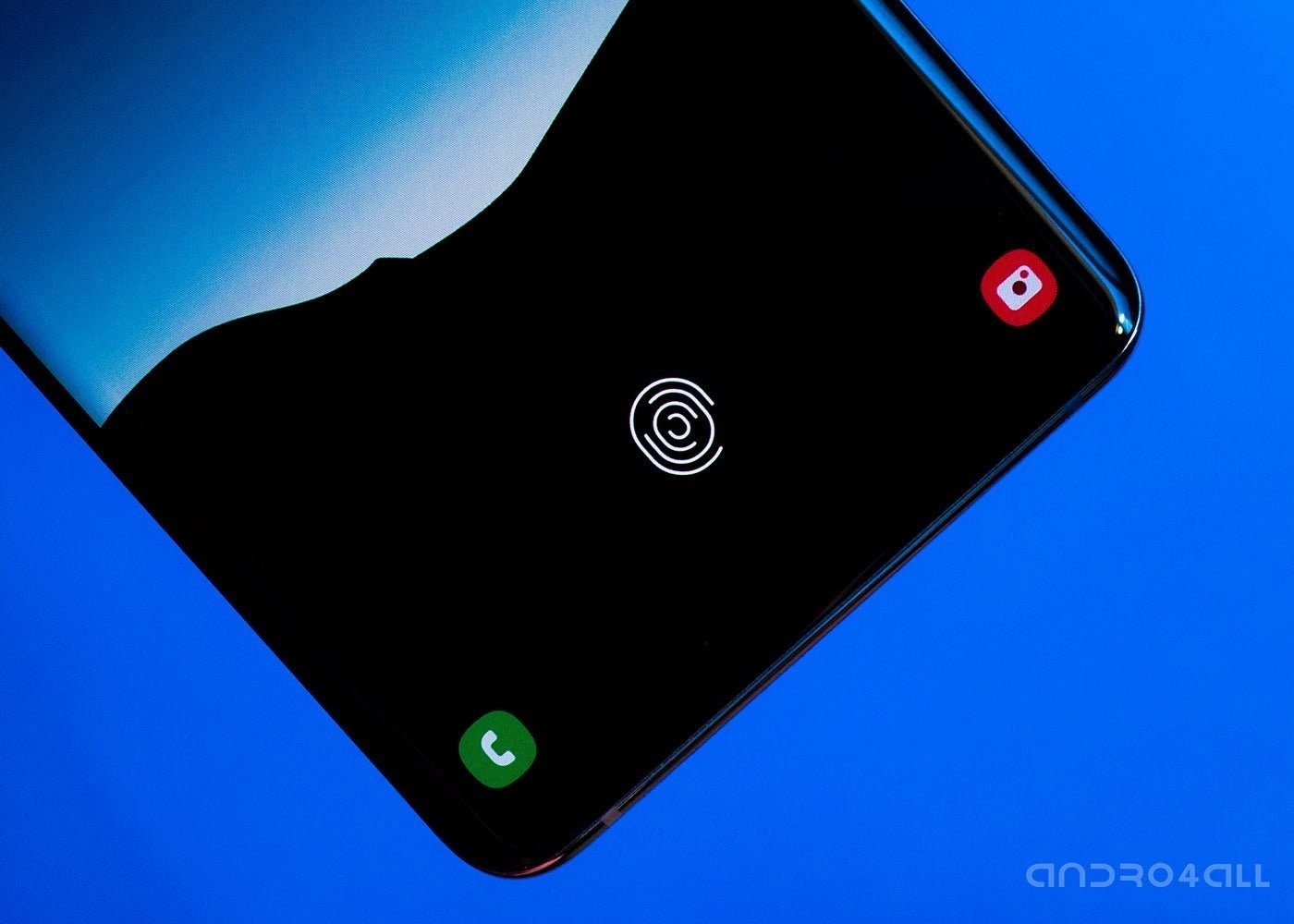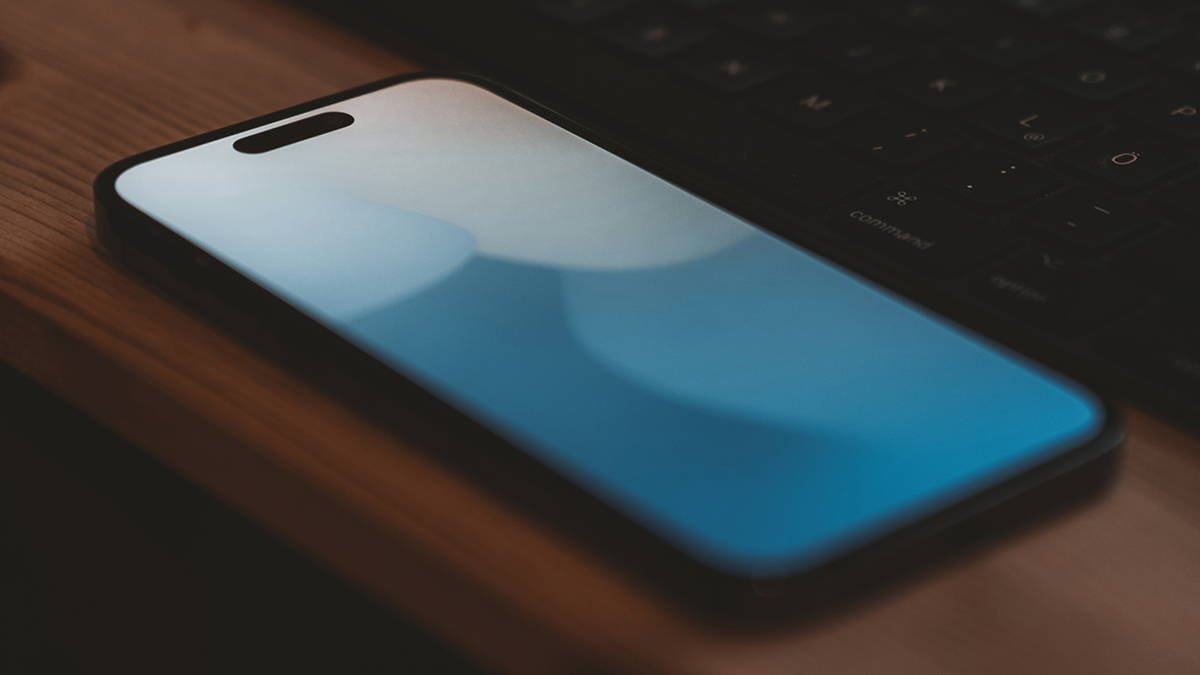The touchscreen sensors It has become a commonplace among Samsung's mobile catalog. What started as a special feature of the brand's most expensive smartphones, has become a task that even some of its cheapest terminals have installed.
Of course, not everyone seems happy with fingerprints on the screens at their Samsung stores. Since Samsung introduced the ultrasonic fingerprint reader for the first time in the Galaxy S10 series, several tests, both by experts and users, have shown – including ours – that this technology is far from reaching that level of sensors. for a lifetime. And the results are not very different from the optical sensors used by the brand's most expensive models.
However there may be a solution to reduce to a certain extent i failure rate y increase speed fingerprints on the screen.
If a fingerprint reader on your Samsung phone doesn't work properly, try this trick
First of all, it's important to pay attention to that, even though the forum XDA Developers there are several users who have verified how this trick is allowed speed up the fingerprint reader's response When it comes to unlocking their devices, it's never proven, and this so-called acceleration might be something more than some kind of placebo effect.
It may be as it may, since the process is simple and does not affect the performance of the app in any other way, it may be worthwhile to carry it out and see if it can improve the performance of the sensor in any way. Steps to follow -upposedly- speed up the fingerprint reading of any Samsung mobile phone with a touchscreen the following:
-
Open the app System settings then go to section of Applications.
-
From the menu in the top right, tap options Show all applications.
-
For a list of apps, look for an app called com.samsung.android.biometrics.app.setting then touch on it.
-
In the app menu, select an option Battery and then Optimize battery usage.
-
In the list, make sure you have the option selected Everything
at the top, and then search for the application you selected in step 3. Finally, uncheck the battery from that app.
Like I said, right now there is no evidence to support the operation this is tricky, though the theory says enable battery management software that keeps the fingerprint read "active", it is not disabled when the device screen is off and therefore its response is very fast because it is not necessary to reset the sensor when the screen is turned on again. In our case, we performed this procedure on the Samsung Galaxy S20 Ultra and Samsung Galaxy Note10 + and found no functional changes to the sensor – in both cases we are talking about ultrasonic sensors, so the effect may be different. in institutions with an optical reader.
Follow Andro4all
About Christian Collado
Growth Editor at Andro4all, specializing in SEO. I am studying software development and writing about technology, especially the Android world and everything related to Google since 2016. You can follow me On Twitter, email me if you have something to tell me, or contact me via my LinkedIn profile.
My work group:










